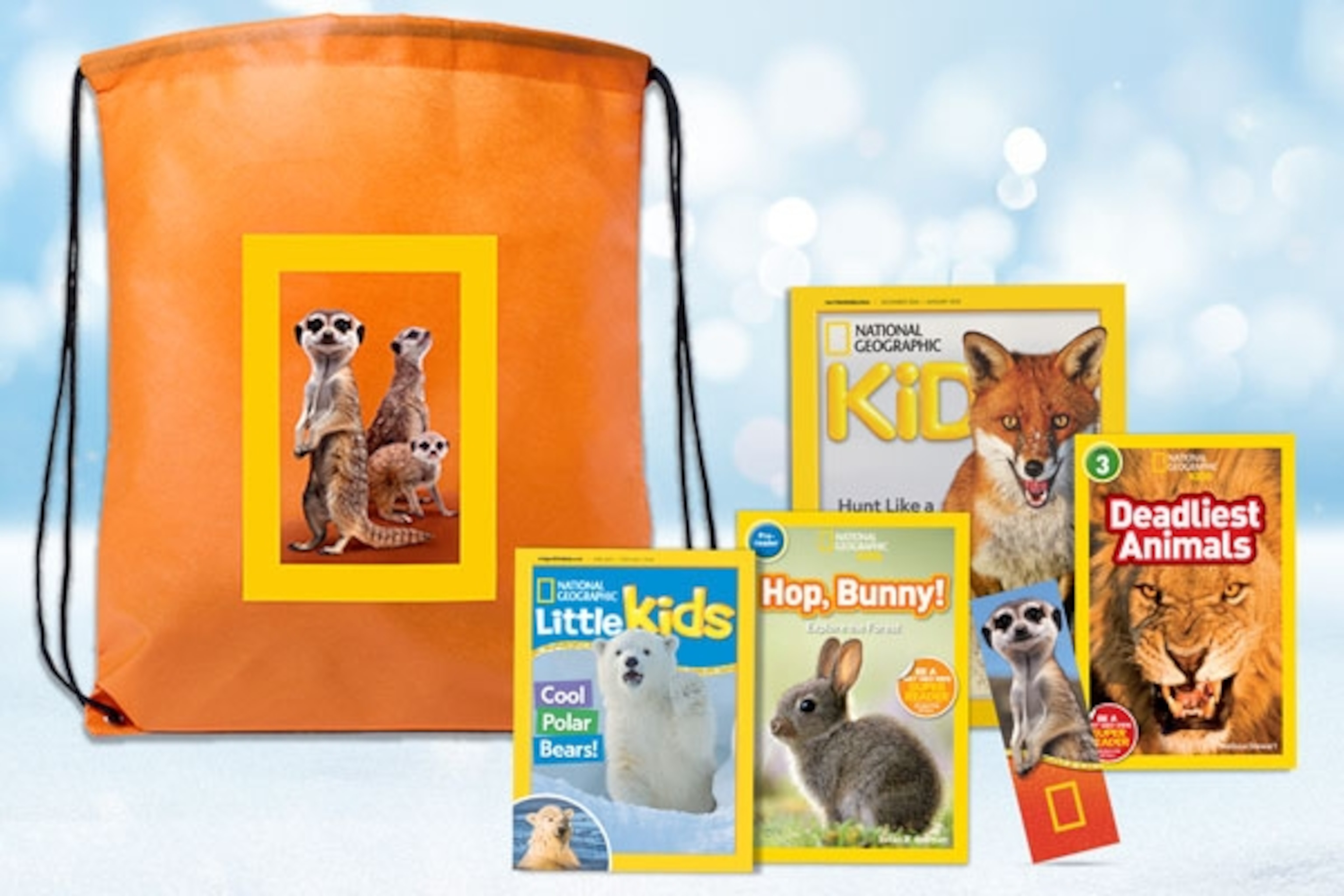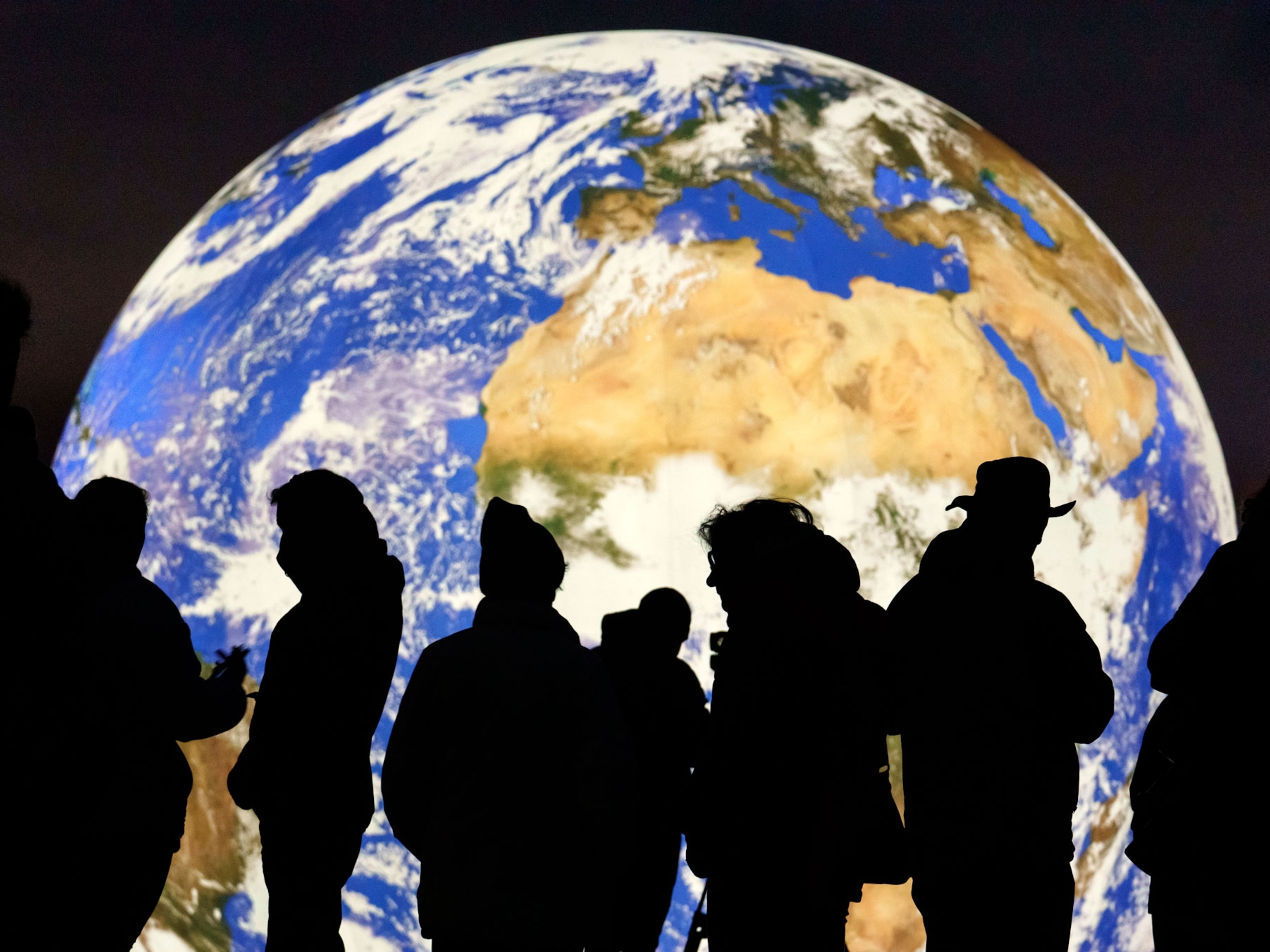
What to know about the polar vortex set to freeze the U.S.
This swirling mass of air above the Arctic can grow and bend, pushing blasts of frigid air south.
High in the atmosphere above the Arctic hovers a counter-clockwise spinning mass of cold air that grows and shrinks with the changing seasons—the Arctic polar vortex.
When the boundary of this vortex expands, splits in two, or dips toward the equator, it brings with it blasts of freezing air.
Arctic air tied to a stretched polar vortex will soon sweep across the U.S., exposing millions of people to frigid temperatures and even reaching the Gulf Coast.
In extreme cold, frostbite can attack exposed skin in minutes, and prolonged exposure leads to hypothermia. At least 21 people died as a result of a 2019 polar vortex outbreak and the vortex also helped push deadly cold weather into Texas in 2021.
(Learn more about how wind chill affects the body.)
This polar vortex is a well-documented, long-existing pattern, but some scientists say climate change could be making it unstable, with potentially serious consequences.
How does the Arctic polar vortex work?
The vortex is constantly spinning in a counter-clockwise direction around the North Pole. Its counterpart in the southern hemisphere is the Antarctic polar vortex. During the summer months in the Northern Hemisphere, the edge of the vortex sits at a higher latitude, and in winter months, it edges south.
At the bottom edge of the vortex is the polar front, or polar jet stream. The polar jet stream moves from west to east, which is why the northeastern portions of North America are often hit the hardest by polar vortex weather.
Jet streams are propelled forward by temperature differences and the Earth's rotation. Wider temperature differences create faster-moving winds.
Those jet streams tend to sit at the same altitudes that planes fly, 30,000 feet off the ground, and pilots will often catch them to travel faster and save fuel. Jet streams can also usher in weather changes like cold fronts and heat waves.
According to the National Oceanic and Atmospheric Administration, a strong polar jet stream moving roughly along the same latitude as the vortex makes the vortex more stable and traps cold Arctic air within the Arctic Circle. But occasionally the polar jet stream weakens, moving around the globe in a wavy pattern called arctic oscillations with peaks and troughs that allow warmer southern air to move north, and cold Arctic air to rush south.
How does climate change affect the vortex?
Scientists are studying how warming temperatures will influence weather patterns like winter storms. Overall, winter is the fastest warming season for a majority of people living in the U.S.
But whether the polar vortex will become more likely to send cold air south as the planet warms is an area of active scientific research and debate. The question largely centers over how warming temperatures at the poles will affect the polar jet stream.

Scientists are now finding that the Earth is warming more quickly at the poles than at the mid-latitude regions, meaning the temperature contrast that drives jet streams has decreased.
A study published in the journal Nature in 2018 linked warmer-than-average Arctic temperatures to cold weather outbreaks in the eastern U.S. And another study published in the journal Science in 2021 found Arctic warming may increasingly disrupt the polar vortex itself, rather than the jet stream.





